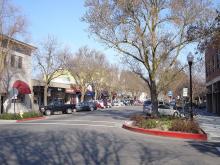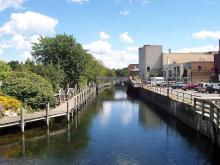Ponca City Looks Forward with Fiber - Community Broadband Bits Podcast 391

People with an interest in municipal networks usually know about Ponca City, Oklahoma's free municipal fixed wireless network because it's been around for years. In the summer of 2019, however, community leaders decided it was time to start offering Fiber-to-the-Home (FTTH) and created Ponca City Broadband.
Dave Williams, Director of Technology Service from Ponca City, comes on the show this week to discuss the new utility. Dave and Christopher review the history of the fixed wireless network and the factors that led Ponca City to shift toward FTTH. Dave explains how economic development, changing technology, and an eye toward the future convinced Ponca City that it was time to invest in citywide FTTH for residents.
The city has been able to take advantage of some cost saving strategies with the benefit of decades of technical know-how associated the municipal network and the electric utility. Additionally, they're implementing marketing approaches and customer service techniques that make Ponca City Broadband stand apart from other Internet access providers.
This show is 27 minutes long and can be played on this page or via Apple Podcasts or the tool of your choice using this feed.
Transcript below.
We want your feedback and suggestions for the show-please e-mail us or leave a comment below.
Listen to other episodes here or view all episodes in our index. See other podcasts from the Institute for Local Self-Reliance here.
Thanks to Arne Huseby for the music. The song is Warm Duck Shuffle and is licensed under a Creative Commons Attribution (3.0) license.



 Still Needed
Still Needed